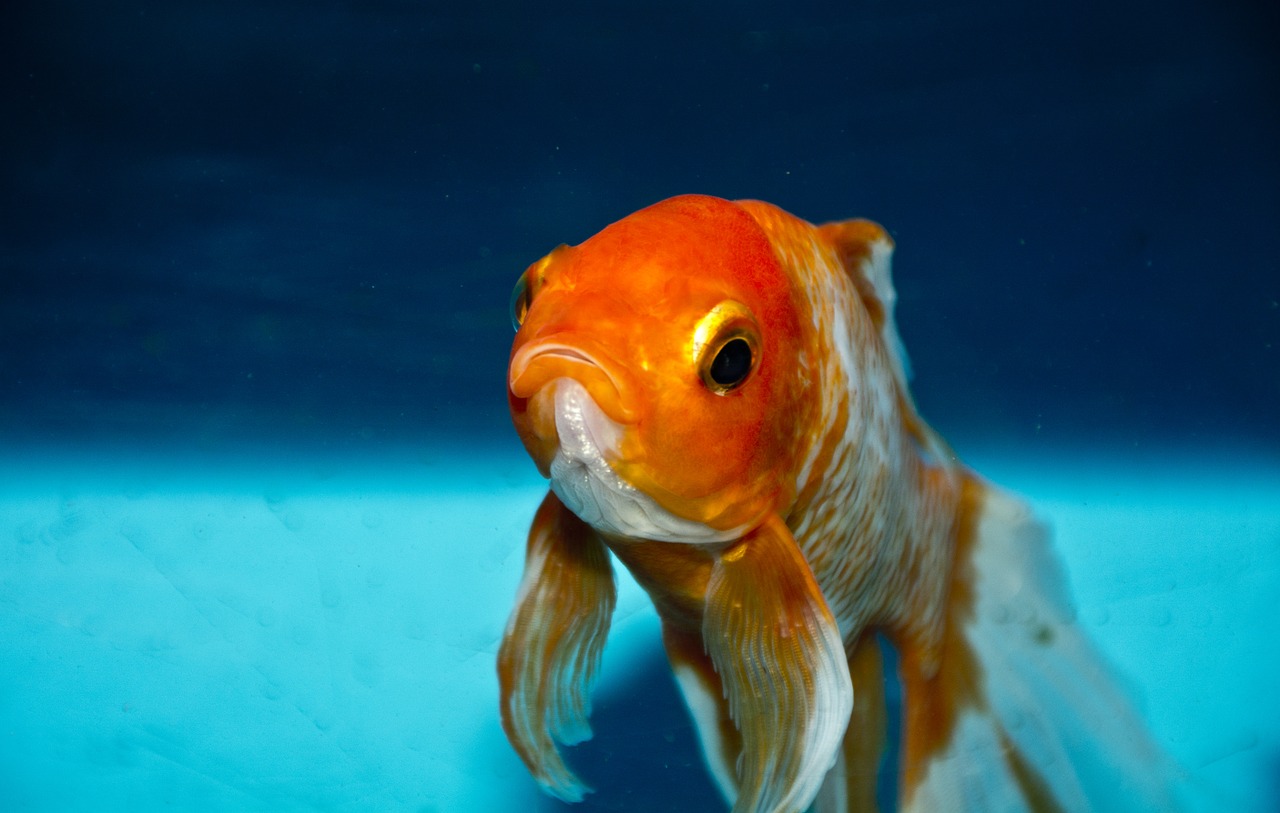
Learning From Goldfish: The Challenge of Declining Attention Spans
February 22, 2016
Learning From Goldfish: The Challenge of Declining Attention Spans
How long did it take you to read that headline? It needed to be read in less than 8 seconds because according to researchers in Canada, the average human attention span has fallen from 12 seconds (in the year 2000), to 8 seconds (in the year now) – leaving humans trailing well behind the previously maligned goldfish, who apparently can hold a thought for a staggering 9 seconds.
I immediately assumed the Canadian research was correct (I lost interest reading the details), and started thinking about how this is reflected in our current day-to-day lives.
Starting with social media, Facebook has made us decrease face-to-face time with friends and family, Twitter enables us to absorb what’s happening in the world in less than 140 characters and Snapchat enables you to literally set the attention spans of your viewers between 1-10 seconds.
Then think about the elections happening right now in the USA – only 15% of the audience for the Democratic debates are aged 35 years or younger; a strikingly low number considering this age group makes up almost half of the country’s population (44%). It looks like trying to convince this age demographic via traditional means isn’t going to convert.
Meanwhile, online, a website visitor will give you 10 seconds before they decide whether they are going to stay on your website or not, whilst 40% of visitors will leave a website if loading takes more than three seconds.
So what does a world with shorter attention spans actually mean?
- If content is king, execution of it delivers the kingdom. It’s two-fold in getting the messaging completely concise but delivered to the consumers in the format that will have the most impact – think World Wildlife Fund’s Last Selfie Snapchat Campaign
- When innovating to adapt to the new world, keep the core values while addressing incorporating the new – Australia’s Big Bash Cricket League is testament to this and is the 9th most attended sports league in terms of average global crowds
- Think visually … as well as having an extra second on us humans, goldfish have the ability to distinguish between 4 primary colours. However, we know that humans process images 60,000 times faster than text. So what message can we get across visually that we previously might have tried to say?
We no longer live in a glass bowl so perhaps it’s time to … sorry, forgot what I was going to say …
Attention Spans
Written by Paul

